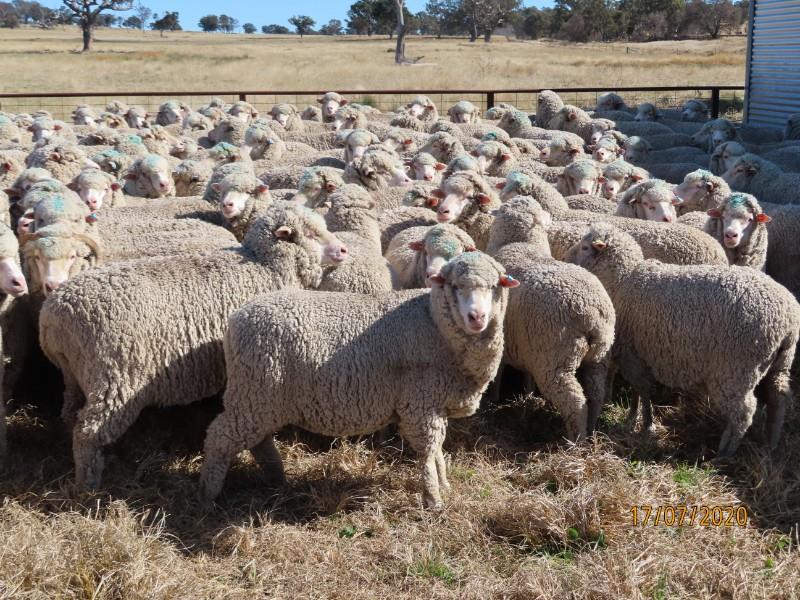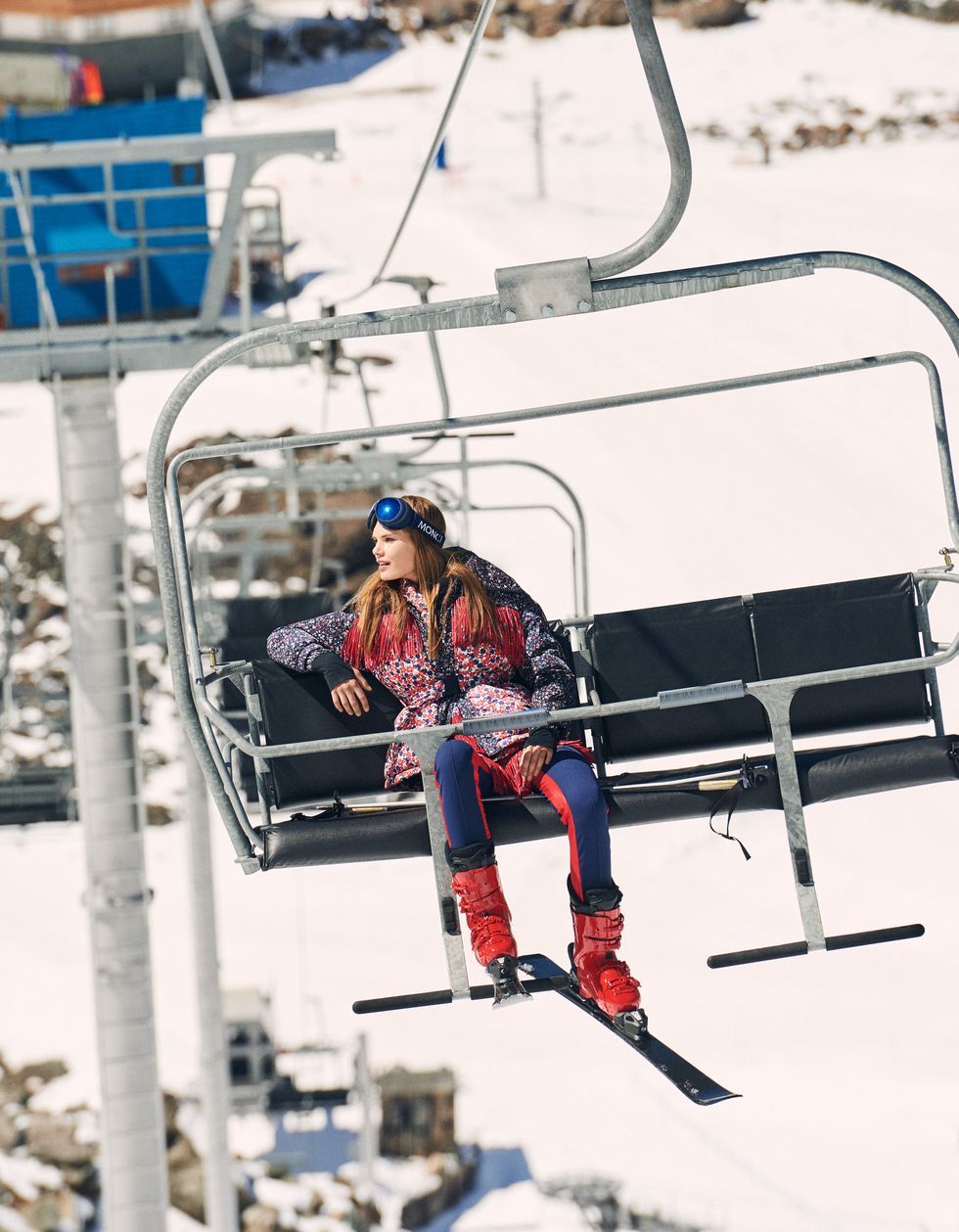Recommended Advice For Choosing Merino Wool Base Layers For Hiking
Wiki Article
What Is The Main Difference Between Merino Sheep And Other Breeds?
Merino sheep differs from other varieties. Merino sheep also have fine wool. The wool of Merino sheep is soft and more refined in comparison to other sheep breeds. Merino wool is highly prized because of its warmth and versatility.
Adaptability Merino sheep possess a high level of adaptability to various climates. They can thrive in both warm and cold climates and can tolerate many temperatures.
Resilience: Merino sheep are known to be resilient and tough. They are resistant to common diseases of sheep and are able to withstand severe weather conditions.
Fertility- Merino sheep have a high rate of fertility and are capable of producing multiple offspring within the course of a single pregnancy.
Habits of grazing Merino sheep have an unique way of grazing that assists them to maintain their health and well-being. They are selective and careful when they graze, that prevents them from overgrazing or consuming toxic plants.
Breedingbreeding Merino sheep are selectively bred in order to produce the highest quality wool. This has resulted in an array of Merino sheep breeds, each with unique traits and characteristics.
Merino sheep are valued for their high-quality wool and their adaptability. They are a valuable resource for the wool industry and are highly regarded by farmers and breeders worldwide.

What's The Distinction Between Lightweight, Midweight, Heavyweight Merino Wool Base Layers?
The fabric's warmth and thickness is the main difference between lightweight, mediumweight and heavyweight Merino sheep wool base layers. Below is a breakdown of differentiators between these three types of base layers Lightweight Merino wool base layers are typically constructed from a lightweight and breathable fabric , which is perfect for cool to mild conditions. This type of base layer works best for activities that demand a lot of sweating. It's constructed from the thin material that will absorb moisture and keep your body cool. It can be used in colder weather as a base layer underneath other layers.
Midweight Merino Wool base layers comprise a heavier fabric that provides greater insulation and warmth that lightweight base layers. This base layer performs well in cool to cold conditions and is an excellent option for any activity that has moderate to low sweat production.
Heavyweight Merino wool base layers are made of the finest and warmest fabric. They are perfect for extremely cold temperatures. This kind of base layer is suitable for sports with low intensity in which you aren't likely to sweat as much, like skipping or snowshoeing.
Take into consideration the weather conditions you are likely to experience and the kind of activity you will be engaging in. A light base layer is ideal for intense activities during cool or mild conditions, whereas a heavier base layer is perfect for cool to cold weather and low to moderate-intensity activities. For very cold conditions and low-intensity activities, a heavyweight base layer is the best option. Consider that you can layer down or up according to the conditions It is recommended to select a layer that's slightly heavier than too heavy. Also, take into consideration the way that the base layer fits and whether it will allow you to move freely. Go best base layers info here for site examples.

What Is The Most Effective Base Layer To Ski When You're Combining Merino And Himalayan Yak Wool?
There are numerous things to consider when choosing the ideal mix of Merino and Himalayan wool for the base layer of your skis. Here are some of the most important things to keep in mind: Weather conditions Be aware of the weather and temperatures you'll be skiing in. Base layers with higher insulation are recommended when it is very cold. For instance one that is made of Himalayan Himalayanyak wool. A thinner Merino base layer may be better suited to more mild conditions.
Activity level- Be aware of your level of activity and the frequency at which you sweat. Merino wool or Merino wool may be the best option when you sweat a lot.
Comfort- Select a comfy base layer. The base layer should be designed to move with your body , and give you to move freely. It's essential to avoid items that feel restricting or tight, since this could limit your movement and cause discomfort.
Personal preference-Ultimately the ideal base layer selection will depend on the individual's preferences. Some people may prefer a base layer with greater insulation, while others might prefer a lighter layer. Explore different combinations and determine what is most comfortable and most effective to your preferences.
Overall, the best ski base layer combination consisting of Merino wool and Himalayan yak wool will depend on your personal needs and the specific conditions you'll be skiing in. Think about the weather, the level of activity, your comfort and personal preferences to find the right base layer to suit your needs. Go best mid layer for hiking for blog advice.

Merino And Himalayan Himalayanyak Wool Are Better Than Cotton Polyester Nylon Fleece And Cotton Alternatives For Ski Wear.
Merino wool, Himalayan Yak wool, and nylon are better than fleece, cotton, nylon, and polyester for ski clothes. Warmth- Merino wool as well as Himalayan Yak wool are excellent insulators and keep you warm even in the coldest of weather. Merino wool and Himalayan Yak wool provide excellent insulation. This is contrasted with cotton, nylon and polyester that are too lightweight.
Moisture management- Merino and Himalayan wools are extremely efficient in managing water. Both wools are naturally wicking. They draw water from the skin and transfer it towards the outer layers and then evaporate. This is different from cotton, which retains moisture. Cotton can become heavy and uncomfortable if it becomes wet.
Breathability- Merino wool as well as Himalayan Yak wool are both highly breathable, meaning they allow air to circulate through the fabric. This helps keep your body cool and stop overheating. This is essential for clothing designed for skiing, since it lets you remain at ease while you're ski. Nylon, polyester, and fleece on the other side are more breathable and trap heat and moisture. It can make you be uncomfortable and hot.
Comfort- Merino Wool and Himalayan Yak Wool are extremely soft and comfy. They also can move in tandem with your body, which allows to move freely. However, fabrics like nylon and polyester can be difficult to move and uncomfortable. This can restrict your movement, cause chafing, and create discomfort.
SustainabilityThe sustainability of Merino wool and Himalayan Yak wool are natural and sustainable fibers that biodegrade and can be recycled. They are much more sustainable than synthetic materials like polyester and nylon, which are constructed from non-renewable resources and require a longer time to decay.
Merino wool as well as Himalayan Yak wool have a variety of advantages that make them more superior over polyester, cotton nylon , and fleece for ski wear. They are warm waterproof, durable, breathable and comfortable. This makes them an excellent choice for anyone looking to keep comfortably during skiing.